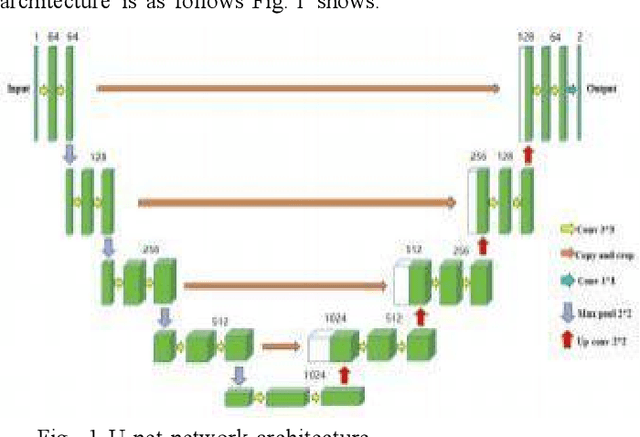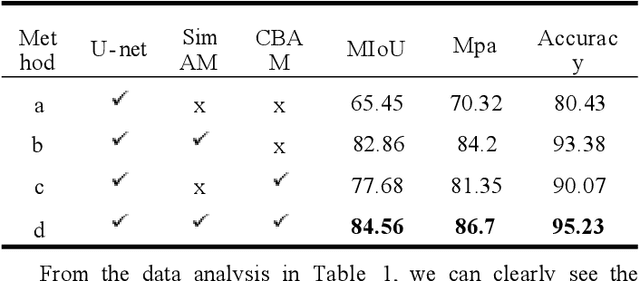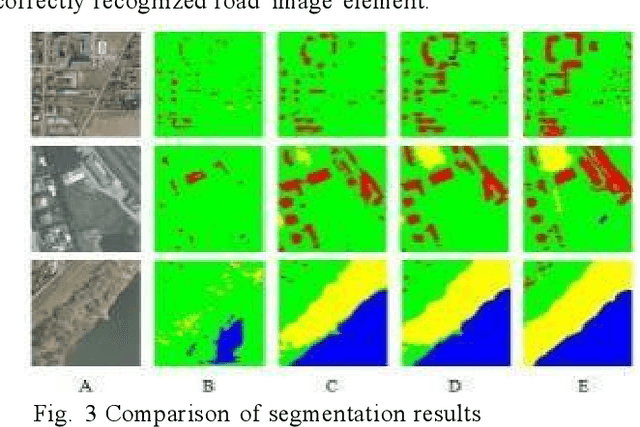Zizheng Li
Medical Scene Reconstruction and Segmentation based on 3D Gaussian Representation
Dec 28, 2025Abstract:3D reconstruction of medical images is a key technology in medical image analysis and clinical diagnosis, providing structural visualization support for disease assessment and surgical planning. Traditional methods are computationally expensive and prone to structural discontinuities and loss of detail in sparse slices, making it difficult to meet clinical accuracy requirements.To address these challenges, we propose an efficient 3D reconstruction method based on 3D Gaussian and tri-plane representations. This method not only maintains the advantages of Gaussian representation in efficient rendering and geometric representation but also significantly enhances structural continuity and semantic consistency under sparse slicing conditions. Experimental results on multimodal medical datasets such as US and MRI show that our proposed method can generate high-quality, anatomically coherent, and semantically stable medical images under sparse data conditions, while significantly improving reconstruction efficiency. This provides an efficient and reliable new approach for 3D visualization and clinical analysis of medical images.
Research on Improved U-net Based Remote Sensing Image Segmentation Algorithm
Aug 22, 2024



Abstract:In recent years, although U-Net network has made significant progress in the field of image segmentation, it still faces performance bottlenecks in remote sensing image segmentation. In this paper, we innovatively propose to introduce SimAM and CBAM attention mechanism in U-Net, and the experimental results show that after adding SimAM and CBAM modules alone, the model improves 17.41% and 12.23% in MIoU, and the Mpa and Accuracy are also significantly improved. And after fusing the two,the model performance jumps up to 19.11% in MIoU, and the Mpa and Accuracy are also improved by 16.38% and 14.8% respectively, showing excellent segmentation accuracy and visual effect with strong generalization ability and robustness. This study opens up a new path for remote sensing image segmentation technology and has important reference value for algorithm selection and improvement.
Attention Mechanism and Context Modeling System for Text Mining Machine Translation
Aug 08, 2024



Abstract:This paper advances a novel architectural schema anchored upon the Transformer paradigm and innovatively amalgamates the K-means categorization algorithm to augment the contextual apprehension capabilities of the schema. The transformer model performs well in machine translation tasks due to its parallel computing power and multi-head attention mechanism. However, it may encounter contextual ambiguity or ignore local features when dealing with highly complex language structures. To circumvent this constraint, this exposition incorporates the K-Means algorithm, which is used to stratify the lexis and idioms of the input textual matter, thereby facilitating superior identification and preservation of the local structure and contextual intelligence of the language. The advantage of this combination is that K-Means can automatically discover the topic or concept regions in the text, which may be directly related to translation quality. Consequently, the schema contrived herein enlists K-Means as a preparatory phase antecedent to the Transformer and recalibrates the multi-head attention weights to assist in the discrimination of lexis and idioms bearing analogous semantics or functionalities. This ensures the schema accords heightened regard to the contextual intelligence embodied by these clusters during the training phase, rather than merely focusing on locational intelligence.
 Add to Chrome
Add to Chrome Add to Firefox
Add to Firefox Add to Edge
Add to Edge